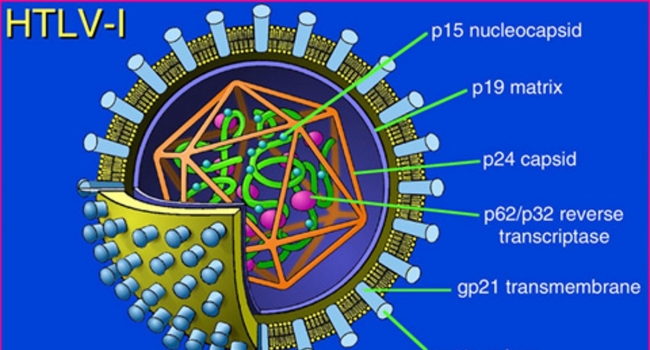HTLV-1 is a real threat that is ignored, scientists say
 10:49 10 May, 2018
10:49 10 May, 2018A deadly virus has infected around 40 percent of adults in rural Aboriginal communities in Australia, and its spread is causing alarm. It’s nothing new, however: The reason it’s got public health officials so distressed is that, even though it’s been around for decades, doctors haven’t done much about it. Human T-cell leukemia virus type 1 — HTLV-1 — can cause numerous life-threatening diseases such as adult T-cell leukemia/lymphoma and lead to other bacterial and viral infections.
Fortunately, at least one scientist has taken notice. In one of the first community-scale studies of HTLV-1 in Central Australia, Dr. Lloyd Einsiedel, the head of infection and chronic disease at the Baker Heart and Diabetes Institute in Melbourne, Australia, has found that infection rates among Aboriginal Australians living in rural communities are shockingly high. The virus, a retrovirus like HIV, inserts its RNA into the host’s cells and can be transmitted in blood and breast milk, as well as through unprotected sex. The new study, which started in July 2015, will wrap up in June, but initial results paint a grim picture.
Einsiedel’s research so far indicates that over 40 percent of adults in a rural Aboriginal community have HTLV-1. Thirty percent of these adults have diseases that are likely caused by the virus, demonstrating how most people can carry the virus without showing symptoms. Since the virus can be passed from mother to child, roughly five percent of people are infected this way, which puts patients at a higher risk of developing leukemia. In March, Einsiedel first-authored a paper in the journal PLOS Neglected Tropical Diseases linking HTLV-1 to chronic lung diseases and increased risk of death. Until now, though, doctors hadn’t focused on helping Aboriginal communities understand this public health risk. Now, Einsiedel hopes to put this knowledge into action.
Full article: https://www.inverse.com/article/44595-austrailia-aboriginal-htlv-1-virus